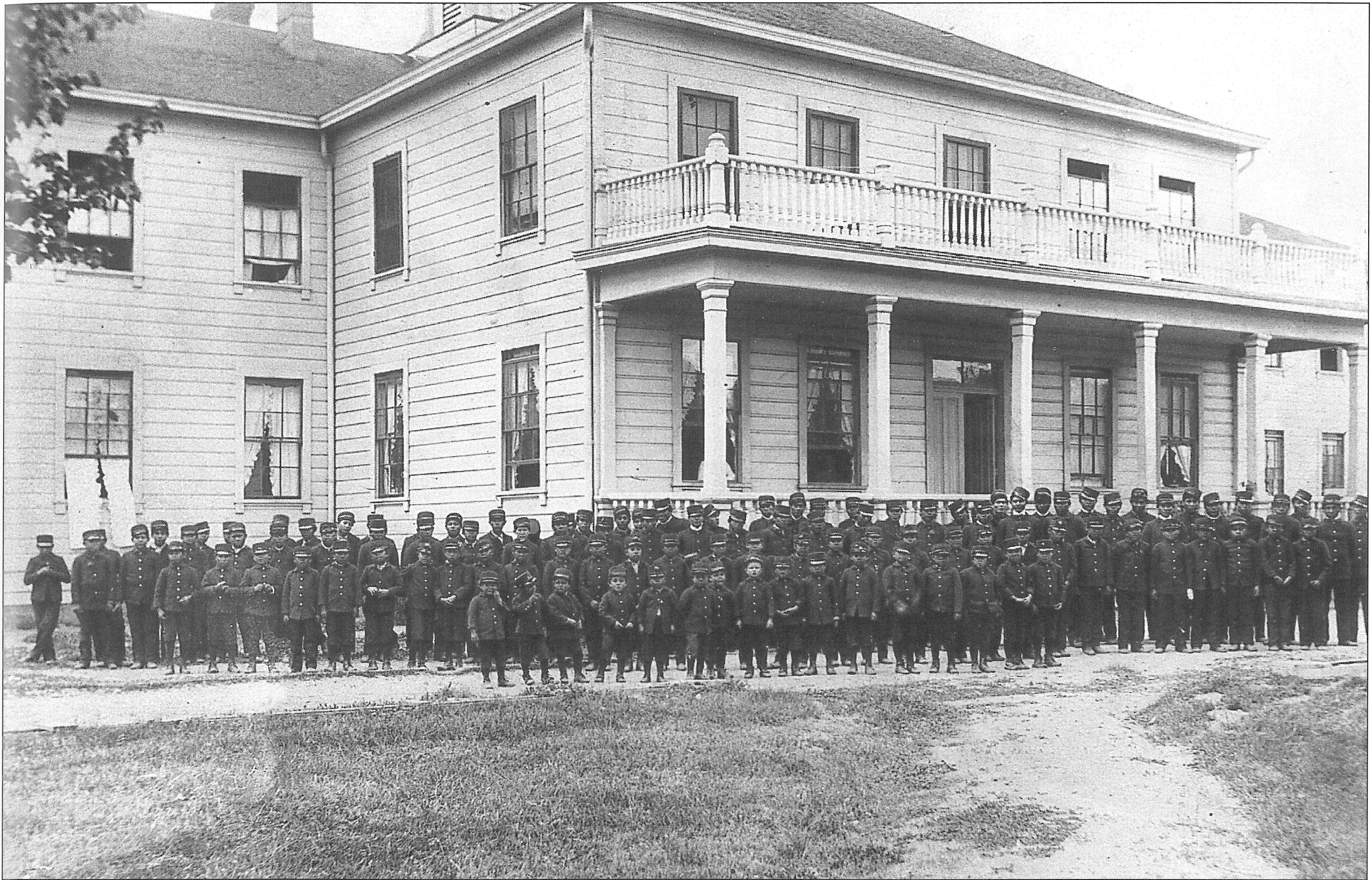
- Details
- By Jenna Kunze
Speaking to boarding school survivors and their descendants on Friday, Nevada Governor Steve Sisolak (D) apologized for the state’s role in the government’s forced assimilation of Native youth into Indian Boarding Schools.
“Though it was the federal government that established a policy to ‘kill the Indian to save the man,’ it was the state of Nevada that sold the bonds to fund this school, and it’s the state that now manages much of this land,” Sisolak said in Carson City, Nevada at the site of a former boarding school--the Stewart Indian School--now a cultural center and museum. “On the behalf of this state I want to make an apology.
Want more Native News? Get the free daily newsletter today.
Nevada housed at least three boarding schools for Native youth out of more than 406 across the country, according to the most recent count from The Native American Boarding School Healing Coalition’s Denise Lajimodiere.
Now, Sisolak said the state is fully cooperating in the Federal Indian Boarding School Initiative that Interior Secretary Deb Haaland launched in June to identify boarding school facilities and known or potential burial sites near the schools, as well as the identities and tribal affiliations of the students who were taken to the schools. The initiative was prompted by the discovery of the remains of 215 children at the Kamloops Indian Residential School in British Columbia, Canada, according to the Interior Department.
To date, it is unknown exactly how many Indian boarding schools operated in the United States, how many children went through them, and how many children died while attending them.
"It is a tragedy that it has taken so long for the federal government to undertake an honest accounting of an immoral program that existed here for generations," the governor said.
Help us tell Native stories that get overlooked by other media.
Executive director of the Nevada Indian Commission, Stacey Montooth (Walker River Paiute Nation) also spoke at the event. According to the Reno Gazette Journal, Montooth told the media and visitors she would help spearhead the task of searching for government records and identifying names and tribal affiliations of children buried at the former boarding schools.
According to a local report from August in the Reno News & Review, the graveyard adjacent to Stewart Indian School contains more than 170 unmarked graves of students who died there.
“They ripped babies from the arms of my ancestors and brought them thousands of miles to this campus,” Montooth said on Friday. “The intent was to absolutely remove all aspects of Native American culture, but I’m still here.”
More Stories Like This
Native News Weekly (August 25, 2024): D.C. BriefsUS Presidents in Their Own Words Concerning American Indians
Next on Native Bidaské: Preserving Indian Health with A.C. Locklear
Hozhonigo Institute Helps Drive $34.5M in Grant Pipeline for Tribal Communities
Torres, LaMalfa Lead Push to Safeguard Culturally Important Tribal Seed Varieties
Help us defend tribal sovereignty.
At Native News Online, our mission is rooted in telling the stories that strengthen sovereignty and uplift Indigenous voices — not just at year’s end, but every single day.
Because of your generosity last year, we were able to keep our reporters on the ground in tribal communities, at national gatherings and in the halls of Congress — covering the issues that matter most to Indian Country: sovereignty, culture, education, health and economic opportunity.
That support sustained us through a tough year in 2025. Now, as we look to the year ahead, we need your help right now to ensure warrior journalism remains strong — reporting that defends tribal sovereignty, amplifies Native truth, and holds power accountable.
 The stakes couldn't be higher. Your support keeps Native voices heard, Native stories told and Native sovereignty defended.
The stakes couldn't be higher. Your support keeps Native voices heard, Native stories told and Native sovereignty defended.
Stand with Warrior Journalism today.
Levi Rickert (Potawatomi), Editor & Publisher

